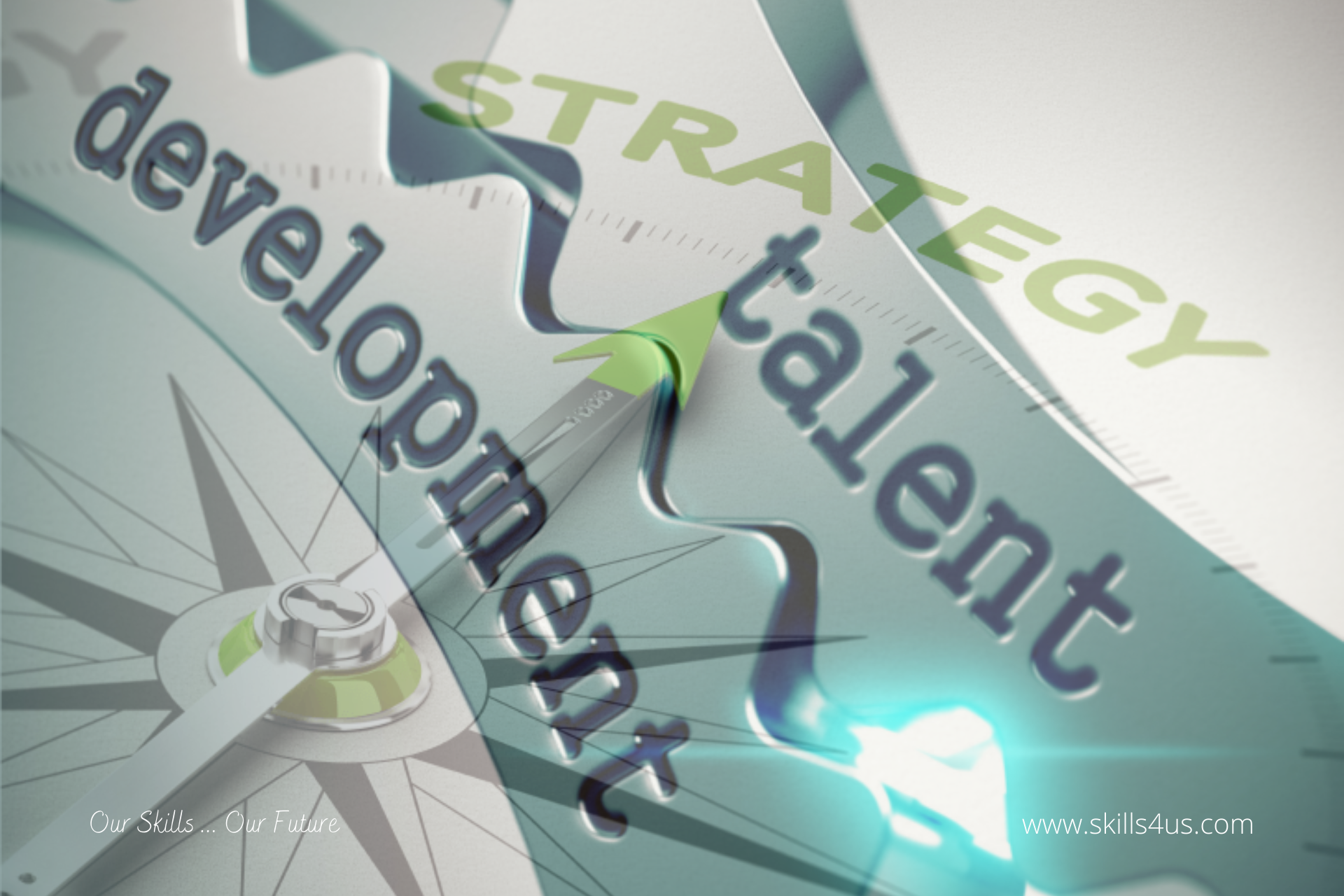
Talent Development Strategy Outlines The Organization’s Approach To Improving Employee Skills
Talent development is the effort that enhances employee engagement, learning, talent management, and employee development to drive organizational performance, productivity, and results. For some, talent development is an essential tool for unlocking human potential. For others, it is a set of practical abilities to drive organizational results by creating processes, systems, and frameworks that enhance training and development strategies, succession planning, and learning opportunities. In the new business world, and due to shifting power dynamics, a talent development strategy requires HR professionals and leaders with the soft skills to recognize and develop each employee’s potential.
Talent Development Strategy
A talent development strategy is a comprehensive plan that outlines an organization’s approach to improving its employees’ skills, knowledge, and performance. The strategy’s design must support the organization’s goals and objectives by creating a culture of continuous learning and development. Typically, a talent development strategy includes a combination of initiatives and programs. Furthermore, organizations can create a motivated, engaged, high-performing workforce to drive long-term growth and success by investing in a talent development strategy. Here are some talent development strategies that contribute to this:
1. Aligning the talent development plan with the goals of the organization
To maximize the value of an organization’s talent development plan, there is a need to ensure that employee learning experiences align with the organization’s goals and priorities. Increasingly, leading organizations leverage talent markets to match employees with relevant experiential learning opportunities, such as projects and mentoring programs.
2. Identifying and addressing skill gaps
When addressing skill gaps, staffing is an obvious choice, but it is also essential to look at employees. They can rise to the challenge with additional education while bringing institutional knowledge and engagement that external candidates may need more. Moreover, (skilling-reskilling – cross-skill acquisition) are great strategies for addressing skill gaps.
3. Recognizing and appreciating employees’ achievements
When employees are excited about learning new skills and growing in the organization, you must ensure they get much recognition as successful leaders. Noting that following up and learning about employee accomplishments and positive actions like this increases the likelihood that employees will repeat them. Therefore, a culture of appreciation and recognition must be promoted in the organization because of its positive impact.
4. Open communication between leadership and employees
Open communication between leadership and employees is critical, and how the organization facilitates that communication is just as essential. Employees are more likely when they can provide feedback unknown in surveys than they are to discuss things directly with the leader. Noting honest feedback is not obtained, opinions about the Talent Development Program will not be recognized. It is, therefore, imperative to create an employee correlation platform that provides anonymous, always-on feedback channels that employees can use from anywhere.
5. Mentoring and coaching rather than micromanaging
Micromanagers over-supervise their employees, often observing and criticizing them while performing routine tasks. Therefore, micromanagers need to teach their employees to work independently, which leads to feelings of stress, Low morale, and lack of confidence. It is possible for micro-managers to deliver short-term results, but over time this method inhibits productivity for both employees and managers. Conversely, managers who guide and coach their employees to achieve their personal goals through cooperation and mutual trust help them develop the needed skills to improve their performance.
6. Developing the life cycle of employees to maximize their performance
Development is essential to the employee life cycle, moving employees and organizations to new and positive places. But it should be a part of every step employees take in the organization. The steps – attraction, recruitment, qualification, retention, development, and dismissal – draw the employee’s life cycle in the organization. HR professionals, managers, and other leaders in the organization can use this life cycle as a guide to involve employees and maximizing their performance during their careers.
7. Ensuring that employees feel independent and free to make decisions
Employees should play an active role in determining the skills they want to develop, the roles they might want to move into one day, and the learning opportunities to help them get there. As employees have more freedom and opportunities at their fingertips, it is vital to ensure they feel autonomy and freedom to decide when building their future within the organization.
8. Removing communication barriers and obstacles between employees
Often, isolation prevents organizations from reaping the full benefits of a talent development program. Some HR leaders say they have the technology and policies to connect employees to internal development opportunities, suggesting that a lack of transparency holds most workers back. It must remove barriers and impediments and allow employees to see and apply for opportunities across the organization and collaborate with colleagues in different departments so that team members can expand their skill sets.
9. Creating an electronic learning management platform
Linking all your talent development efforts together is much easier with a centralized solution like the Learning Management System Platform. These platforms allow HR and leaders to easily manage customized programs and see how employees progress. A learning management system makes things equally easy for the learners, allowing them to interact with the materials when and where they prefer. It’s also compatible with various online courses, saving an organization time and money by hiring external trainers or crafting training programs from scratch.
The more employees take advantage of talent development opportunities, the more skilled they will be, and the more they will achieve their personal goals, which will help the organization achieve its goals. This helps eliminate skill gaps, smooth succession paths, and contribute to the organization’s overall success.



